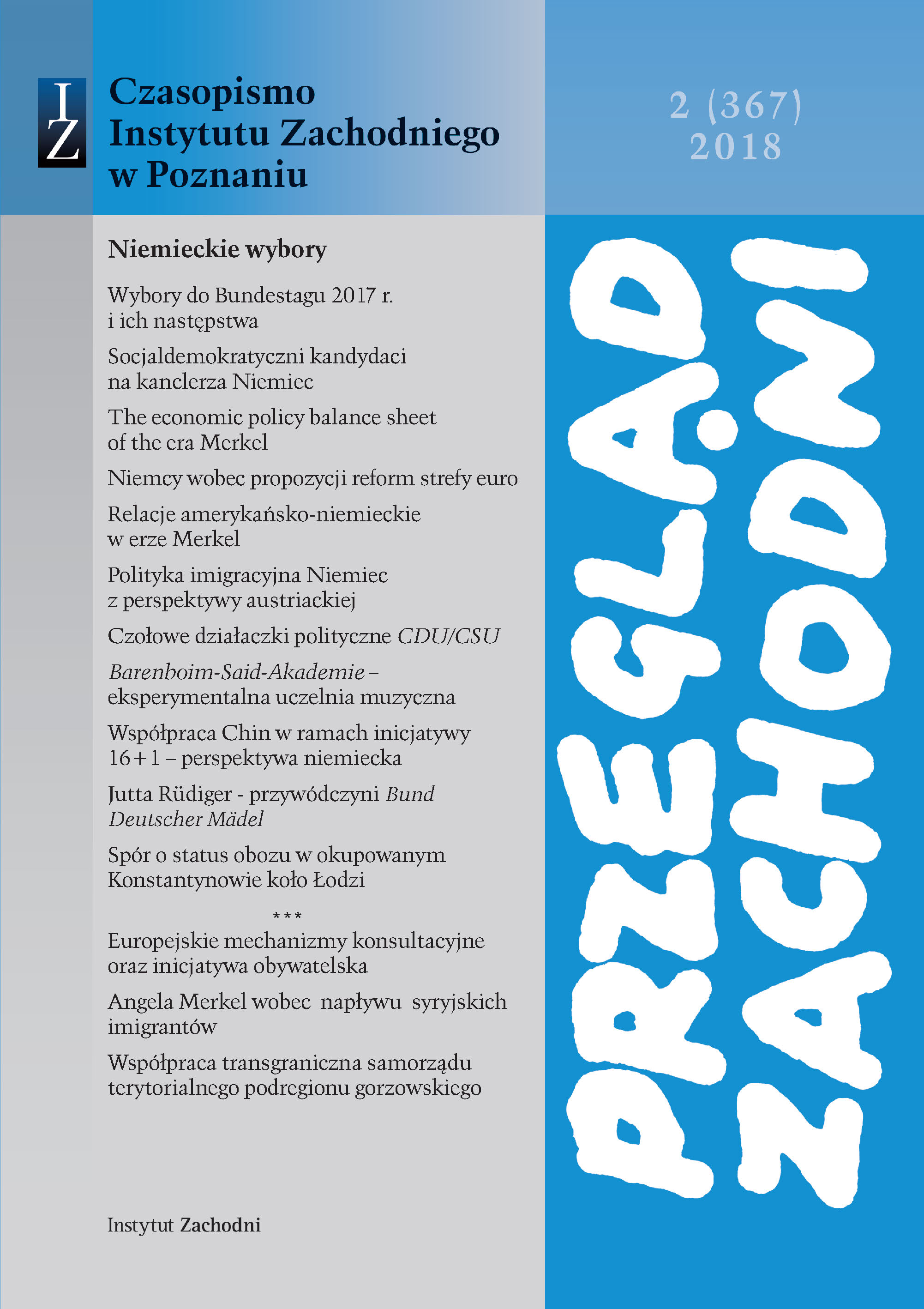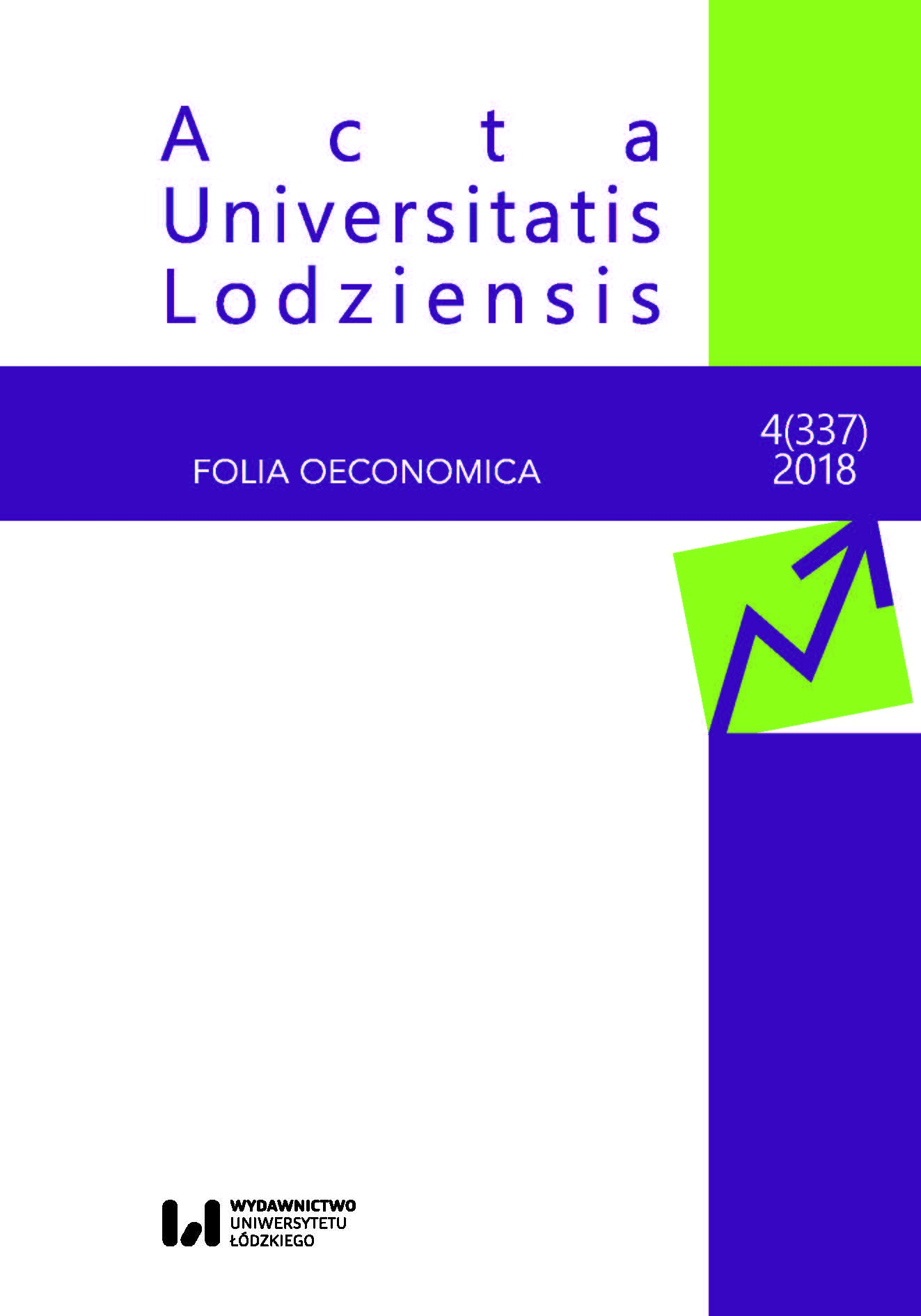Author(s): Magdalena Śliwińska / Language(s): English
Issue: 337/2018
One of the manifestations of economic globalisation seen in recent years is the so‑called “new generation” type of trade agreements such as the TPP, CETA and TTIP. They aim at trade liberalisation, but their scope is broader, comprising other areas of socio‑economic life, more or less directly linked to trade, such as e.g.: the liberalisation of public services, the mutual recognition of professional qualifications, the deregulation and liberalisation of financial markets, the protection of intellectual property rights, and the cooperation in creating new rules or protecting mutual investments. Therefore, the aim of this paper is to analyse the scope and content of the Comprehensive Economic and Trade Agreement (CETA) signed in 2016 by the European Union and Canada from the point of view of the Balassa stages of economic integration and the EU’s experience in order to state whether the naming of such agreements as trade agreements, even with the “new generation” qualification, is really justified. The analysis presented in this paper leads to the conclusion that this agreement should rather be included in the category of agreements labelled as integration agreements. Most of the CETA provisions are at the same level of sophistication as was achieved by the EU countries at the stage of building the single market, that is, at the stage of the implementation of the common market in Balassa’s nomenclature, and some of them are at the stage of economic and monetary union. The scope of the CETA, i.e. the number of areas of social and economic life regulated by it as well as their advancement and complexity, goes far beyond what is commonly understood as a trade agreement and beyond its official purpose – the creation of a free trade area between the European Union and Canada. It leads to economic integration at a level far deeper than a free trade area in its classic and common sense. // Jednym z przejawów globalizacji gospodarczej jest w ostatnich latach powstawanie tzw. umów handlowych nowej generacji, takich jak TPP, CETA i TTIP. Ich celem jest liberalizacja handlu, jednak ich zakres jest szerszy i obejmuje również inne sfery życia społeczno‑gospodarczego, bezpośrednio lub pośrednio związane z handlem, jak np. liberalizacja usług o charakterze publicznym, wzajemne uznawanie kwalifikacji zawodowych, deregulacja i liberalizacja rynków finansowych, ochrona praw własności intelektualnej, współpraca w tworzeniu nowych przepisów czy ochrona wzajemnych inwestycji. Z powyższych względów w niniejszym artykule przeprowadzona została analiza zakresu i treści podpisanego przez Unię Europejską i Kanadę w 2016 r. porozumienia CETA z punktu widzenia etapów integracji gospodarczej zdefiniowanych przez B. Balassę oraz dotychczasowego doświadczenia UE – w celu podjęcia próby odpowiedzi na pytanie, czy nazywanie tego typu umów umowami handlowymi, nawet wzbogaconymi o określenie „nowej generacji”, jest uzasadnione. Przeprowadzona analiza prowadzi do wniosku, że umowa CETA powinna zostać raczej uznana za porozumienie o charakterze integracyjnym. Większość jej ustaleń charakteryzuje się bowiem podobnym stopniem złożoności, jaki był osiągany przez państwa członkowskie UE na etapie budowy jednolitego rynku, a więc etapie integracji zdefiniowanym przez B. Balassę jako wspólny rynek, a niektóre z nich na etapie tworzenia unii gospodarczej czy monetarnej. Zakres omawianego porozumienia, tzn. liczba obszarów życia społeczno‑gospodarczego przez nie regulowanego oraz poziom zaawansowania i kompleksowość zapisów, wykracza daleko ponad powszechne rozumienie umowy handlowej oraz ponad jej oficjalny cel – utworzenie strefy wolnego handlu między UE i Kanadą. Prowadzi bowiem do znacznie głębszej integracji gospodarczej niż strefa wolnego handlu w klasycznym ujęciu i potocznym znaczeniu.
More...














